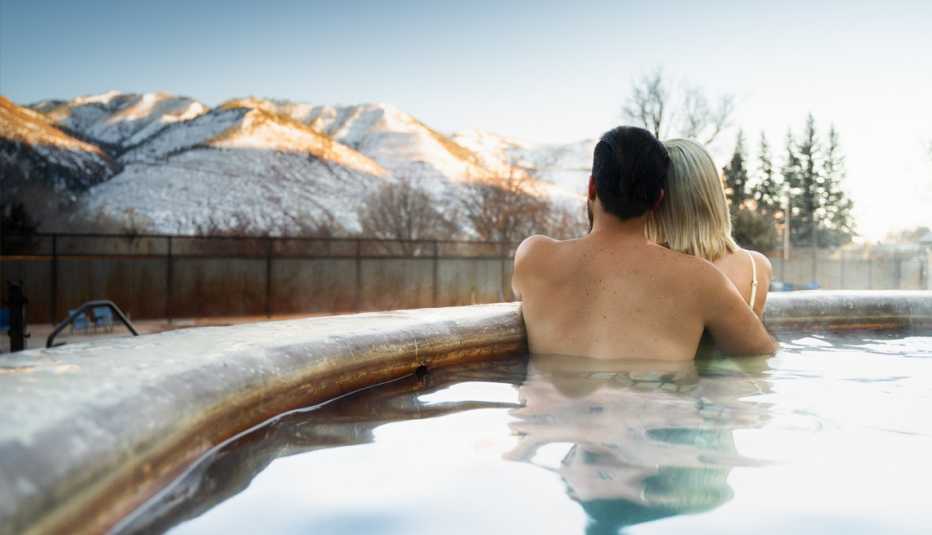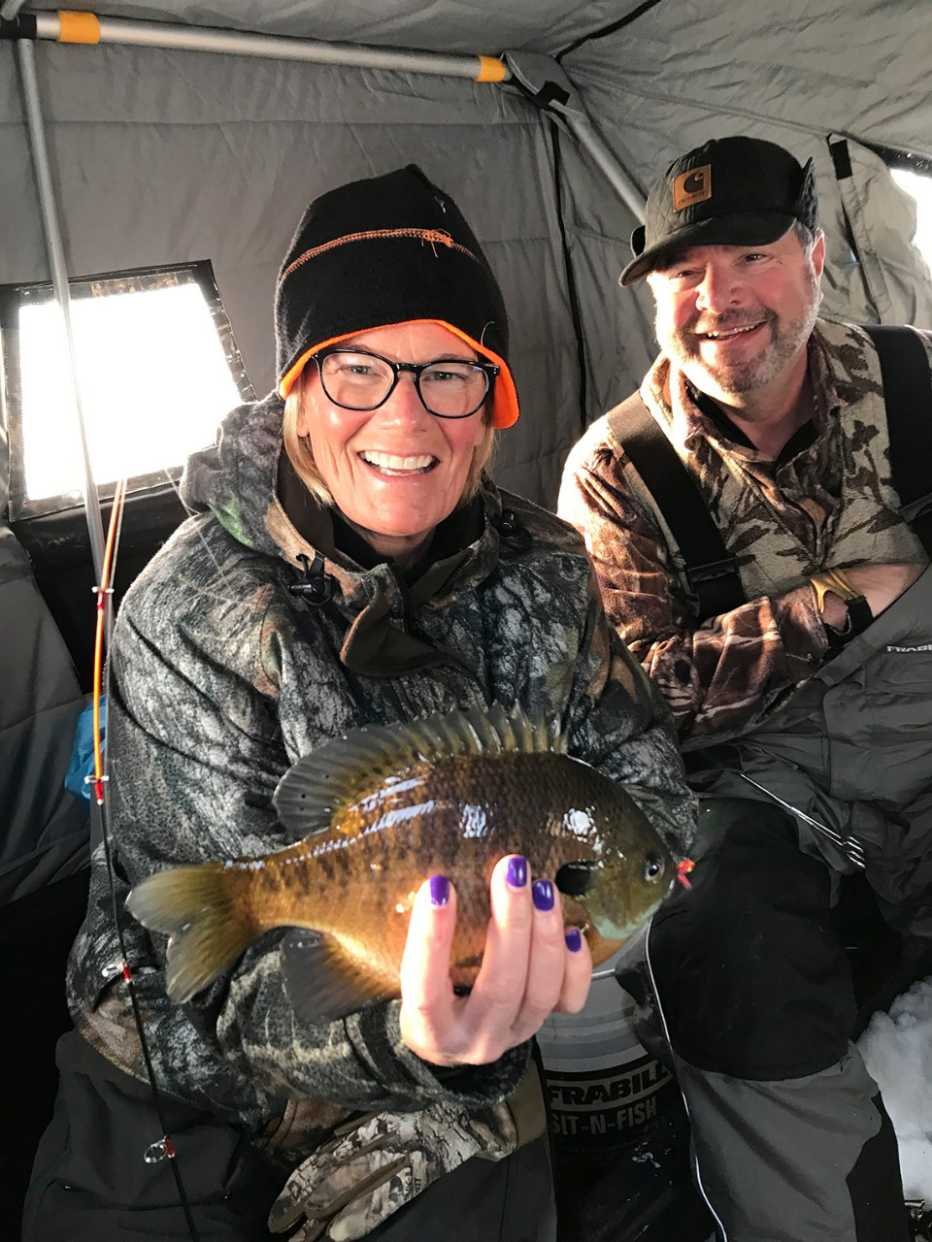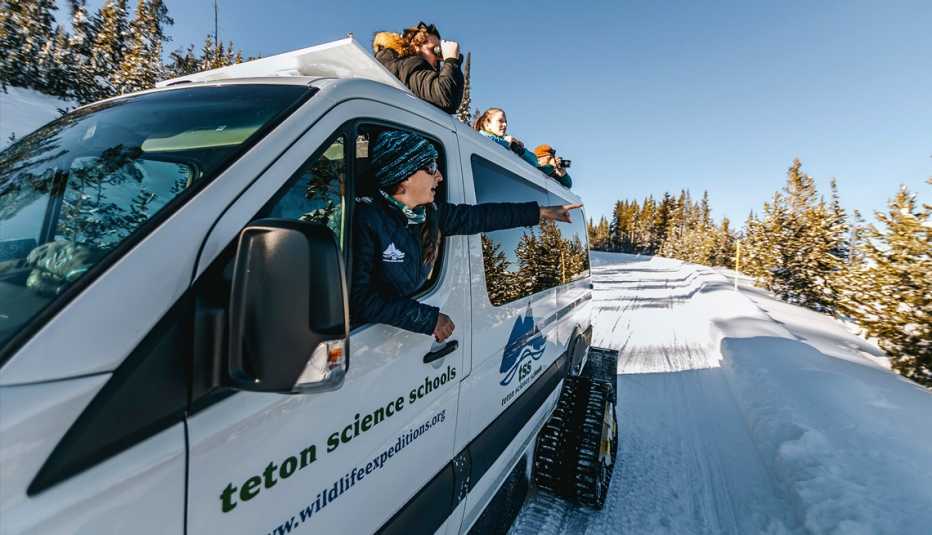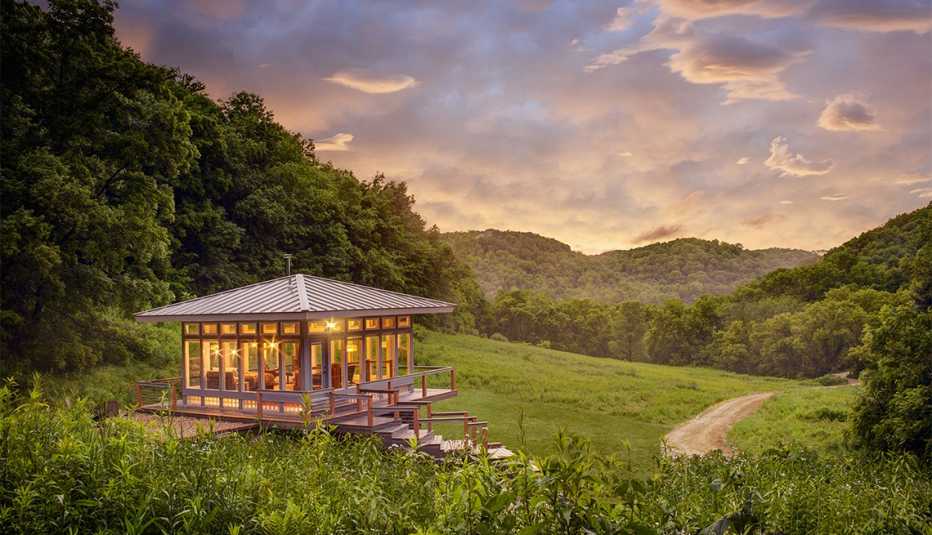Staying Fit
Winter may be hibernation season for some species, but for humans who enjoy nature and travel, it can be a season for adventure and fun.
You say we’re avoiding the moose in the room: that it will be cold, right? Relax: If you haven’t been to an outdoors store in a while, you might not realize how far we’ve come in winter gear that is toasty, comfy and surprisingly lacking in bulk. Another benefit is that winter travel is rarely crowded or rushed. And here’s the best part: You don’t have to know how to hurtle down a mountain to enjoy the great northern outdoors.


AARP Membership— $12 for your first year when you sign up for Automatic Renewal
Get instant access to members-only products and hundreds of discounts, a free second membership, and a subscription to AARP the Magazine.
Snowshoeing in Vermont
The first step is always the most awkward. But once you get the hang of it — which you will quickly, by the second or third step — snowshoeing opens up a new world of snow-covered landscape yours to explore. “It is peaceful, quiet and beautiful out in the woods,” says Vermonter and avid snowshoer Vicky Vautour, 70. “There is no waiting in lines, crowded trails or freezing cold.” Snowshoeing generates body heat, thanks to the aerobic effort, but the activity can be slow-paced and not so rigorous.
What to pack to stay warm
- Layer up: Begin with a base layer — long underwear made from synthetic fabrics or wool. For the second layer, choose fleece, down or wool for insulation. Then choose a windproof, water-resistant layer, known as a shell.
- Head, hands, feet: Insulated gloves and boots, a warm hat, a neck gaiter and wool socks are essential. Look for insulated boots with thick, waterproof soles.
- Rent, don’t buy: Why purchase a bunch of winter gear that you might use only once? Shoppers can choose from rental companies such as Arrive Outdoors or Kit Lender.
Most ski resorts and Nordic centers, such as Smugglers’ Notch Resort in Vermont, rent snowshoes and offer lessons or guided tours. Using ski poles can bolster balance, and snowshoeing works up an appetite — bring snacks and water. Because snowshoeing can be a quiet and gentle activity, you’re less likely to scare away animals, Vautour says. “When I go with my grandchildren, I love to open their eyes to the wonders of the outside world of nature.”
While you're there: Cold Hollow Cider Mill in nearby Waterbury Center encapsulates Vermont’s rustic charm. Explore the active cider press and snack on a fresh cider doughnut before browsing the wooden shelves for New England goodies.
Where else: Snowshoeing occurs almost anywhere that deep snow falls. For groomed trails, search online for “Nordic ski areas.” They are often adjacent to downhill resorts. Or rent gear at a shop and ask the clerk for scenic snowshoe trail recommendations.
How much: Lessons generally start at $45 per person.
Winter Wonder: Snowshoes are believed to have been invented in 4000 B.C. in Central Asia.


Sleigh rides in Idaho and Colorado
Towering at 16 or 17 hands tall (that’s about 5½ feet), Percheron, Clydesdale and Belgian draft horses harnessed to an open sleigh enchant riders who pat their velvet-soft muzzles. The sleighs are crafted of wood, with padded seats and warm wool blankets. But the best part of winter sleigh rides comes when the horses’ beauty and power works in sync with the sleigh, and you find yourself moseying along a snow-covered valley at 3 or 4 mph. “It’s pure enchantment,” says Calvin Chatfield, 67, stable manager at Idaho’s Sun Valley Resort. “In the evening on a nice clear night, you look up and there are more stars than you can imagine.”
At Colorado’s Keystone Stables, sleigh rides run alongside Soda Creek to reach a restored homestead that’s on the National Register of Historic Places. Hot cider is served on the scenic rides, and three-course dinners are hosted inside the cozy cabins. Wrangler Sandy Ryan, 64, has been driving sleighs for a decade. “These gentle giants,” she says, “take us away from the pace of our busy lives.”
While you're there: Venture to the town of Sun Valley, which was a favorite destination of Ernest Hemingway. Bibliophiles will love tracing his legacy of preferred watering holes, browsing the Hemingway collection at the Community Library and visiting his memorial.
Where else: In addition to the Mountain West, you can enjoy sleigh rides in New England, the Pacific Northwest and upstate New York.
How much: Rates typically start at about $60 per person.





































































